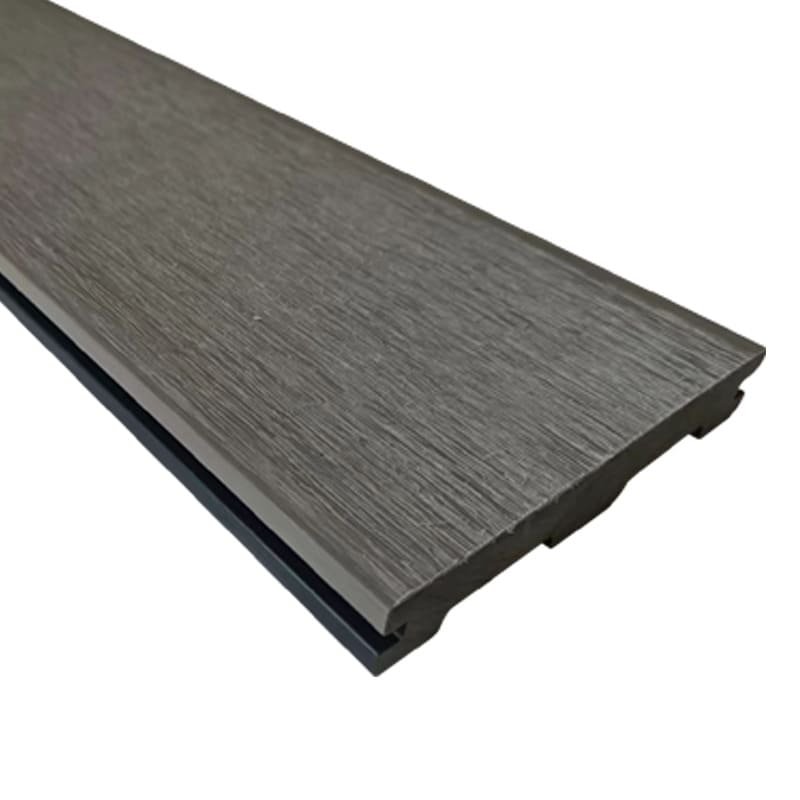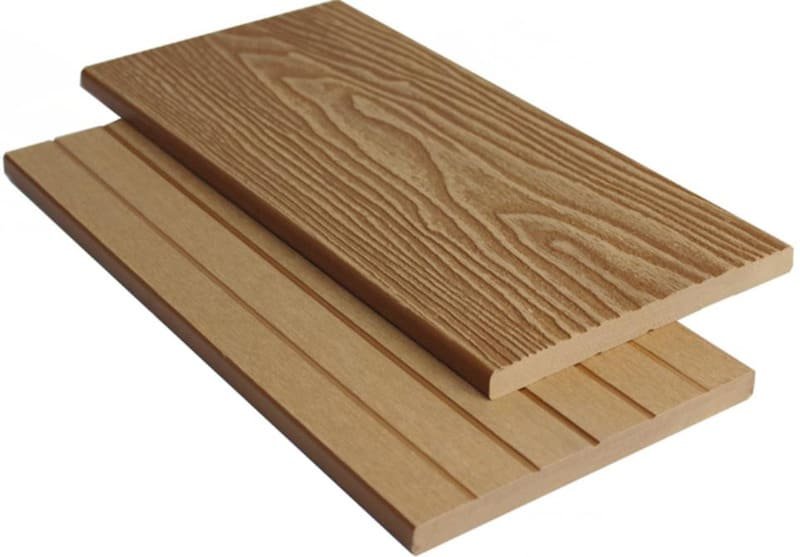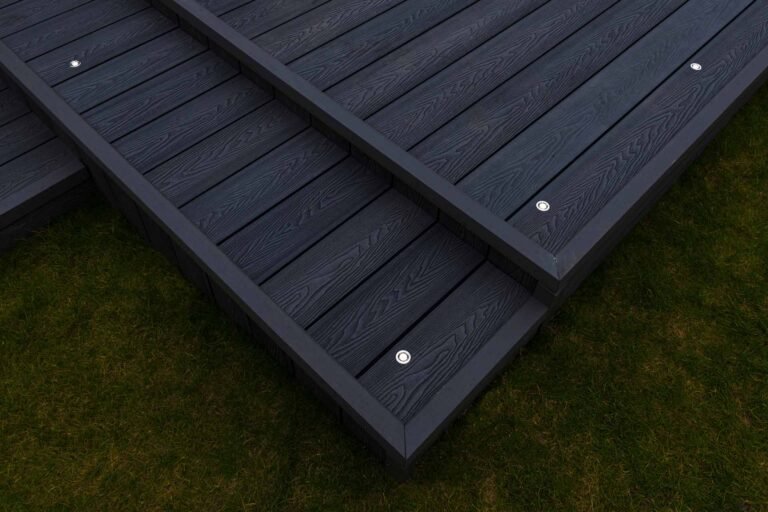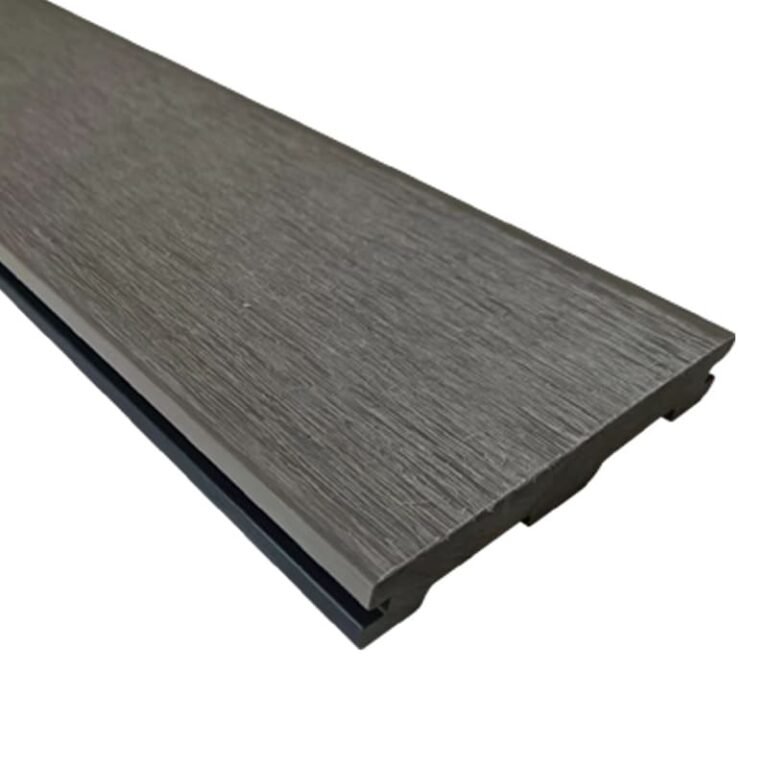Feeling overwhelmed by all the composite decking options? Choosing the wrong product can lead to slow sales and unhappy customers. Let's simplify the choices to find the perfect fit.
Composite decking is categorized in several ways: by its core material (PE, PVC, aluminum), structure (hollow or solid), manufacturing process (traditional or co-extruded), surface texture (grooved or wood grain), and installation method (hidden fasteners or face screwing). Understanding these types helps you select the best products.
Choosing the right decking for your business isn't about finding a single "best" product. It's about understanding the different types available so you can offer solutions that perfectly match your customers' needs and local market demands. As a partner, my goal is to give you the clear, straightforward information you need to make smart buying decisions. Let’s look at the key ways we classify composite decking, so you can build the right inventory for your business.
How are composite decks classified by material?
Confused by terms like PE, PVC, and aluminum core? Stocking a material that doesn't suit your climate can lead to performance issues. Let’s clarify what each one offers.
The main material types are Polyethylene (PE) composite[^1], which blends wood and plastic, all-plastic Polyvinyl Chloride (PVC), and premium aluminum-core composites. Each has unique benefits for performance, appearance, and cost.
Over my 12 years in this industry, I’ve seen how crucial the core material is. It dictates the deck's strength, weather resistance, and price point. As a distributor, knowing these differences allows you to cater to specific customer needs, from budget-friendly projects to high-end architectural builds. Think of it as building a versatile product portfolio.
The Main Material Categories
- PE Composite Decking: This is the most common type of wood-plastic composite (WPC). It's made from a mix of recycled wood fibers and polyethylene plastic. Customers like it because it has a natural look and feel that's very close to real wood. It’s a reliable, all-around choice for most residential and commercial projects.
- PVC Composite Decking[^2]: This type contains no wood fiber at all; it's 100% plastic. Its biggest advantage is superior resistance to moisture, mold, and mildew. This makes it a perfect choice for wet climates, poolside installations, or docks.
- Aluminum Core Composite Decking[^3]: This is a newer, high-performance option. It features a super-strong aluminum alloy core wrapped in a durable composite cap. The aluminum core provides incredible stability, preventing the board from expanding or contracting with temperature changes. It’s a premium product for demanding projects.
| Material Type | Core Composition | Key Benefit | Best For |
|---|---|---|---|
| PE Composite | Wood Fibers + PE Plastic | Natural, wood-like feel | General residential & commercial use |
| PVC Decking | 100% Polyvinyl Chloride | Maximum moisture resistance | Pool areas, docks, very wet climates |
| Aluminum Core | Aluminum + Composite Cap | Extreme stability, no expansion | High-end projects, extreme climates |
What is the difference between hollow and solid structures?
Wondering whether to stock hollow or solid decking? Making the wrong choice can affect your shipping costs and the types of jobs your customers can handle. Here's a simple breakdown.
Solid composite decking is dense and strong, much like traditional timber, making it ideal for commercial use. Hollow decking is lighter and more economical, perfect for standard residential projects where heavy loads aren't a concern.
When I first started, many clients only wanted solid boards because they felt more durable. While they are incredibly strong, advances in manufacturing mean that modern hollow boards are engineered for excellent performance in most situations. The choice really comes down to the specific application and budget. Offering both allows you to serve a wider range of projects.
Solid Profiles: The Heavy-Duty Choice
Solid decking boards are just that—solid all the way through. Their density gives them a heavy, substantial feel and superior strength. This makes them the go-to choice for high-traffic areas like public walkways, restaurants, and commercial spaces. They also allow for more intricate installation patterns because you can cut them at any angle without exposing a hollow channel. The main drawback is their weight, which increases shipping costs and can make them more difficult to handle on-site.
Hollow Profiles: The Smart, Lightweight Alternative
Hollow boards have channels running through their core. This design uses less material, which makes them significantly lighter and more affordable than solid boards. The reduced weight makes them easier and faster to install, and it lowers transportation costs—a big plus for any distributor. While not as strong as solid profiles, high-quality hollow decking is more than strong enough for typical residential decks. Just be sure to use end caps to seal the ends for a clean, professional finish.
Which manufacturing process defines decking generations?
Heard terms like "first-generation" or "co-extrusion" and felt unsure? Stocking an older technology can put you behind competitors who offer more durable, modern options. Let's look at the difference.
Decking is mainly made using two processes. Traditional, or first-generation, decking is a simple composite mix. Modern co-extruded, or capped, decking adds a protective outer layer for far better stain and fade resistance.
When co-extruded decking first came out, it was a game-changer. I saw firsthand how much better it performed over the long term. The protective cap solves the main issues that early composites had, like staining and fading. Today, almost every reliable manufacturer, including my team at Veejoy, focuses on co-extruded technology because it delivers a much better product for the end user and builds a stronger reputation for you, the distributor.
Traditional (First-Generation) Composite Decking
This is the original WPC product. It is a homogenous mix of wood fibers and plastic pressed into a board shape. While it was a huge improvement over wood in terms of rot and insect resistance, it had some weaknesses. Because the wood fibers were exposed on the surface, these boards were prone to absorbing moisture, which could lead to staining from things like spilled wine or grease. They also tended to fade over time with sun exposure.
Co-extruded (Capped) Composite Decking
This is the modern standard. The process starts with a traditional composite core, but then a high-performance, weather-resistant "cap" is fused to the outside surface on three or four sides. This outer shell is made of a durable polymer that contains no wood fibers.
The benefits are huge:
- Superior Stain Resistance: The non-porous cap doesn't absorb spills.
- Excellent Fade Resistance: UV inhibitors[^4] in the cap protect the color for years.
- Scratch Resistance: The cap is engineered to be tougher and more durable.
- Enhanced Features: This is where we can add special functions, like extra heat dissipation or a super-waterproof barrier, by engineering the cap material.
For any wholesaler looking to build a reputation on quality, co-extruded decking is the only way to go.
How do surface textures affect a deck's look and feel?
Does the surface finish on decking really matter? Yes, because it directly impacts the final look your customers want to achieve, from a classic wood style to a modern, clean design.
Composite decking surfaces mainly come in two styles: a deep, realistic wood grain for a natural look, or a simple grooved or brushed finish for a clean, contemporary appearance. The choice is purely about aesthetics.
I've learned over the years that aesthetics are just as important as performance. A customer might love the low-maintenance benefits of composite, but if it doesn't look the way they imagined, they won't buy it. That's why we’ve invested so much in creating realistic wood grain patterns. Offering a variety of textures allows you to appeal to different tastes and design trends in your local market.
Wood Grain Textures
Thanks to modern embossing technology, wood grain textures on composite decking have become incredibly realistic. We can replicate the deep, rich patterns of oak, teak, or other exotic woods. This is the most popular choice for homeowners who want the timeless beauty of wood without the constant upkeep. High-quality wood grain finishes often feature subtle color variations and unique patterns to ensure no two boards look exactly alike, creating a truly authentic appearance.
Grooved or Brushed Finishes
For a more minimalist and modern look, some customers prefer a simpler surface. A grooved finish features thin, parallel lines running down the length of the board. This creates a clean, uniform look and can provide some extra slip resistance. A brushed finish has a softer, less defined texture that provides a simple and elegant surface. These styles are often popular for commercial projects or contemporary homes where the goal is a sleek, understated design.
What are the main installation methods for composite decking?
Worried about your customers having trouble with installation? Offering decking that matches the local building habits can make a huge difference in how easily your products sell.
The two main types are grooved boards, which use hidden fasteners[^5] for a clean, screw-free surface, and ungrooved (square-edge) boards, which are installed like traditional wood by screwing through the face of the board.
I always advise my partners to consider the habits of their local builders. In some regions, installers are very comfortable with traditional face-screwing. In other areas, the seamless look of hidden fasteners is the standard. Stocking the right type for your market makes the sales process much smoother because you're providing a product that installers already know and prefer to work with.
Grooved Decking for Hidden Fasteners
Grooved deck boards have a slot or channel cut down each side. This groove is designed to fit a hidden fastener system. These small clips are screwed into the joists and slide into the grooves of adjacent boards, holding them securely in place from below. The huge advantage is a completely smooth, unblemished deck surface with no visible screws. This creates a high-end, professional look that many customers demand. It’s the most popular method for modern composite decking.
Ungrooved Decking for Face Screwing
Ungrooved, or square-edge, boards are just like traditional timber planks. They are installed by driving composite deck screws directly through the face of the board and into the joists below. This method is straightforward and familiar to any builder who has worked with wood. It's often used for the first and last boards of a deck, on stair treads, or for creating a "picture frame" border. Some traditionalists simply prefer this method. Providing this option ensures you can meet the needs of every type of installer.
Which type of composite decking is best?
Afraid of choosing the 'wrong' type to sell? This decision impacts your inventory and sales. The truth is, there's a better way to think about it.
The "best" composite decking doesn't exist. The most suitable choice depends entirely on your local market. You must consider climate, customer taste, installation habits, and budget. The right product is the one that meets your customers' specific needs.
After years of working with distributors worldwide, I can tell you this: the most successful ones don't search for a single 'best' deck board. Instead, they build a smart product offering tailored to their region. Your deep knowledge of your local market is your greatest asset. My job is to provide you with high-quality options so you can build the perfect portfolio. For example, if your region is very rainy, co-extruded PVC decking should be a core product. If your customers love traditional wood aesthetics, offering a range of realistic PE composite wood grains is key. Think about the common construction styles. If modern design is popular, grooved boards for hidden fasteners are a must. For more budget-conscious projects, a quality hollow profile can be a great seller. The goal is to have a flexible inventory that solves problems for every type of customer you serve.
Conclusion
Choosing the right composite decking is about knowing your options and your market. Match the product to your customers' needs, and your business will succeed.
[^1]: Learn why PE composite is the most common decking material and how its natural look and versatility can appeal to a broad customer base.
[^2]: Discover why PVC decking is ideal for moisture-prone areas, making it a top choice for poolside, docks, and humid regions.
[^3]: Explore the unique stability and performance of aluminum core decking for high-end and extreme climate projects.
[^4]: Understand the role of UV inhibitors in maintaining vibrant color and long-term appearance of decking boards.
[^5]: See why hidden fasteners create a seamless, screw-free surface that many customers and installers prefer.











